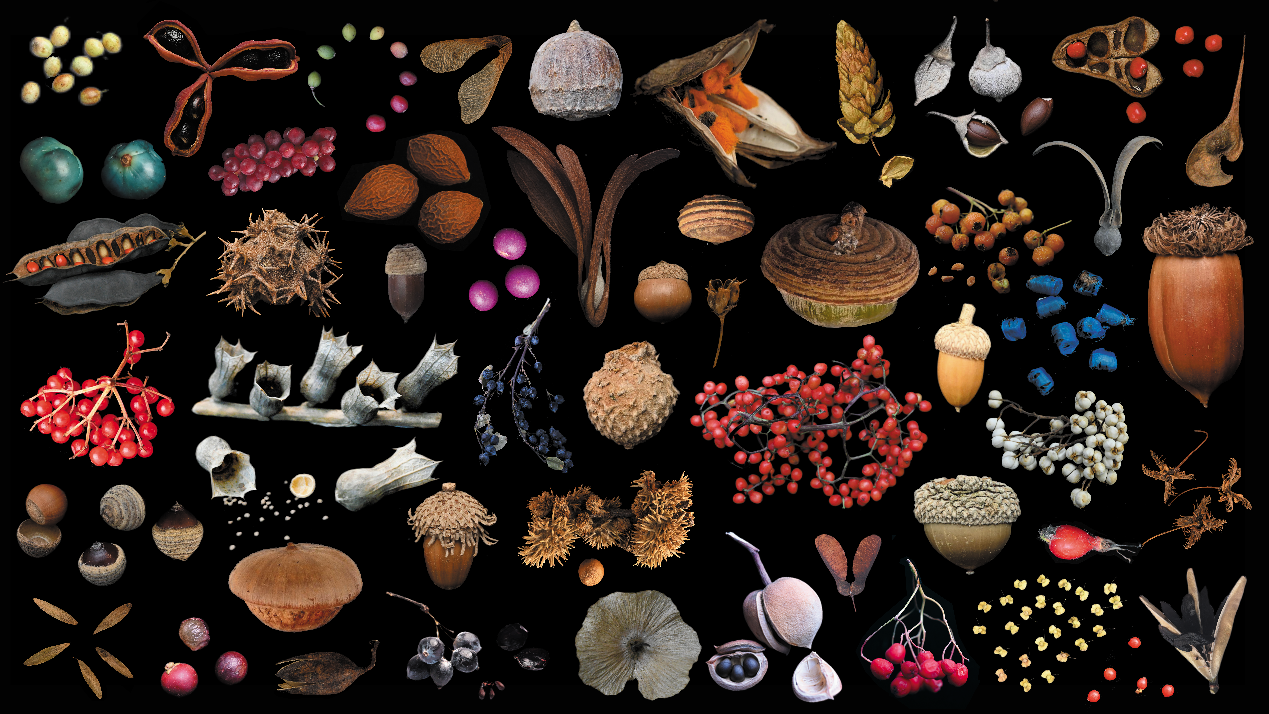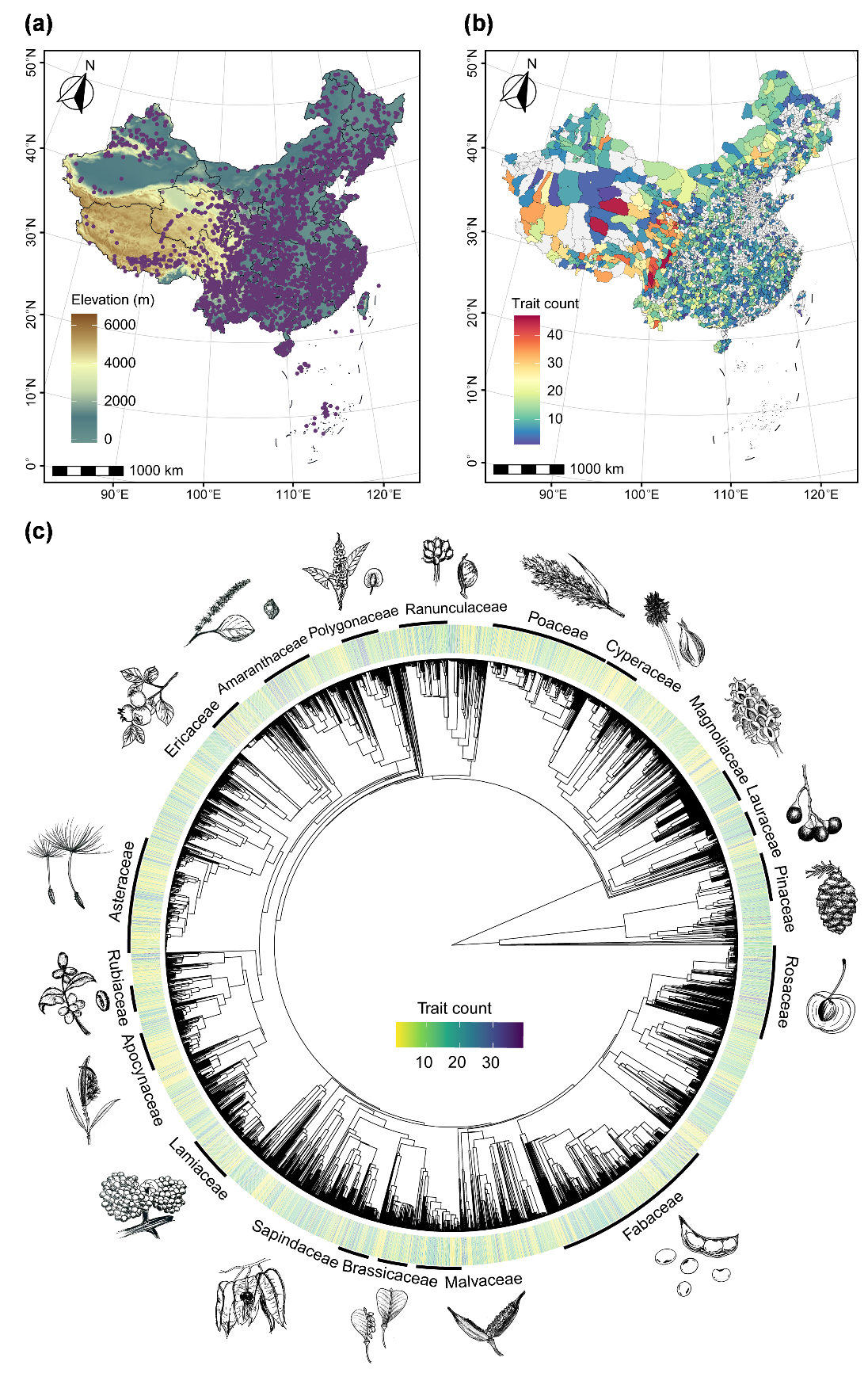From diverse shapes and sizes to complex dispersals and defenses, seed traits hold the secrets to how plants adapt, reproduce, and survive. Yet, when it comes to global plant trait data, there is a noticeable gap: We know far more about leaves than we do about seeds. And it is not just "what" that is missing-it is also "where". Much of the world's seed trait data comes from just a few regions like Western Europe and Australia, leaving biodiversity hotspots like China poorly represented in global datasets.
To address these critical gaps, researchers from the Wuhan Botanical Garden of the Chinese Academy of Sciences (CAS) have built the Chinese Seed Trait Database (CSTD), which has been published in New Phytologist. This innovation overcomes longstanding language barriers (e.g., Chinese-to-English data translation) and enhances the completeness of global seed trait data, providing an invaluable resource for advancing large-scale plant science research.
Bringing together information from nearly 700 Chinese-language sources, CSTD contains more than 110,000 records covering over 100 seed traits for about 4,000 plant species across 214 families. Notably, many records include toponym information with precise coordinates, spanning a wide range of climates, elevations, and biomes across China. The traits captured in CSTD cover key aspects of seed dispersal, establishment, and persistence. Its comprehensive scope makes the database an advanced tool for studying seed trait syndromes and the diversity of plant regeneration strategies.
Morphological traits dominate the database, with some widely recorded features such as seed mass, seed size, and seed volume spanning an astonishing four to ten orders of magnitude. Seed mass, for example, ranges from just 0.00006 mg to an impressive 157,000 mg. Beyond that, CSTD includes a broad set of underrepresented characteristics-such as quantitative, phenological, physiological, chemical, and dispersal traits-that are often lacking in global databases like the TRY Plant Trait Database and the Global Inventory of Floras and Traits (GIFT). These include, for instance, fruiting month, seed germination percentage, and seed number per fruit, which are well documented across a wide range of species.
By assembling and standardizing a vast but previously scattered body of seed trait data, CSTD helps bridge the so-called "Raunkiæran shortfall" -a global knowledge gap in plant functional traits. It offers a critical new resource for botanists, ecologists, and evolutionary biologists working at broad taxonomic and geographic scales.
"Our goal is to promote open data sharing, bridge fragmented knowledge, and contribute to a truly global picture of seed traits and plant reproductive strategies," said Prof. CHEN Sichong, the corresponding author of this study.
This work was funded by the National Natural Science Foundation of China and CAS.

Diversity of seeds and fruits (Image by the Macroecology group of WBG)

Trait coverage across geography and phylogeny in the Chinese seed trait database (Image by WANG Haoyu )






